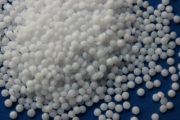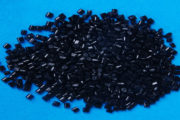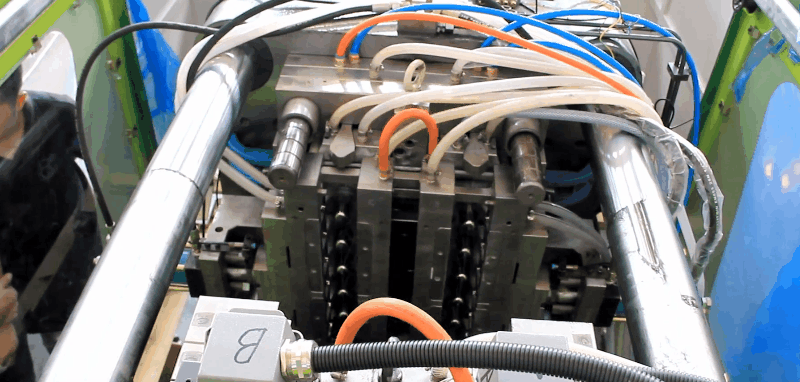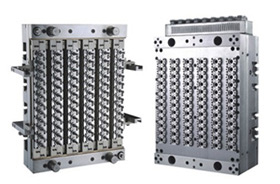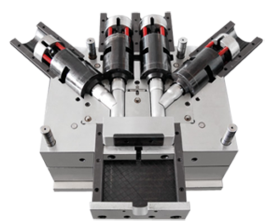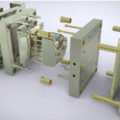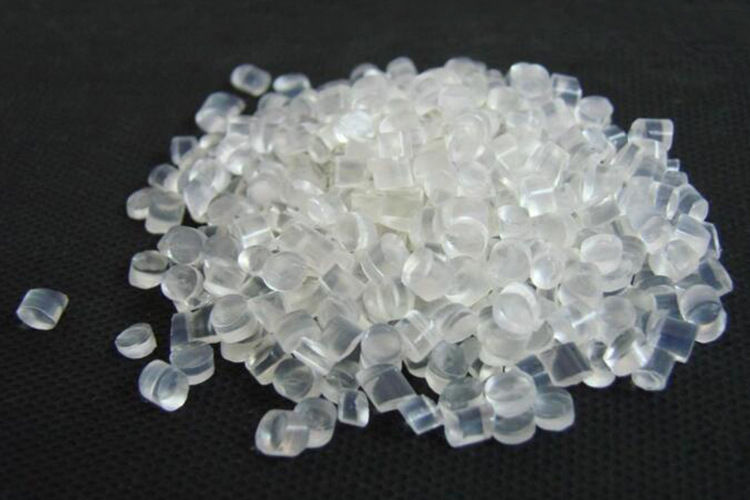
Polypropylene (PP) is a widely-used, translucent, semicrystalline, thermoplastic polymer with excellent chemical resistance to a range of chemicals.
Typical Applications of Polypropylene (PP)
Automotive (mineral-filled PP is often used)
– dashboard components
– ductwork
– fans
– some under-hood components
Appliances
– dishwasher door liners
– dryer ductwork
– wash racks
– clothes washer lids
– refrigerator liners
Consumer products
– lawn/garden furniture
– lawn mower components
– sprinklers
Plastic PP Injection Molding Processing Conditions
| Conditions Name | Value |
|---|---|
| Drying | Not normally necessary if proper storage is used |
| Melt Temperature | 220°C–280°C [428°F–536°F], not to exceed 280°C |
| Mold Temperature | 20°C–80°C [68°F–176°F], suggested, 50°C [122°F]. The crystallinity level is determined by the mold temperature. |
| Material Injection Pressure | Up to 180 MPa |
| Injection Speed | Typically, fast injection speeds are used to minimize internal stresses; if surface defects occur, slow speed molding at a higher temperature is preferred. Machines capable of providing profiled speed are highly recommended. |
Runners and Gates of PP Injection Mold
In the case of cold runners, typical diameters range from 4–7 mm. Full round sprues and runners are recommended. All types of gates can be used. Typical pin gate diameters range from 1–1.5 mm, but diameters as low as 0.7 mm can be used. In the case of edge gating, the minimum gate depth should be half the wall thickness and the width should be at least double the thickness. Hot runners can readily be used for molding PP.
Chemical and Physical Properties of Polypropylene (PP)
PP is produced by the polymerization of propylene using stereospecific catalysts. Isotactic polypropylene (iPP) is mainly produced. (The methyl groups lie on one side of the carbon chain.) This linear plastic is semicrystalline because of an ordered molecular structure, and it is stiffer than Polyethylene (PE) and has a higher melting point. The polypropylene homopolymer becomes very brittle at temperatures higher than 0°C [32°F] and for this reason, many commercially available grades are random copolymers with 1–4% ethylene, or block copolymers with higher ethylene content.
Due to crystallinity, the shrinkage is relatively high (order of 0.018–0.025 mm/mm [1.8–2.5%]). The addition of 30% glass reduces the shrinkage to approximately 0.7%. Shrinkage is fairly uniform; the difference in flow and cross-flow shrinkage is typically less than 0.2%.
Both homopolymer and copolymer polypropylene offer excellent resistance to moisture and good chemical resistance to acids, alkalis, and solvents. However, PP is not resistant to aromatic hydrocarbons such as benzene, and chlorinated hydrocarbons such as carbon tetrachloride. PP is not as resistant to oxidation at high temperatures as PE.
